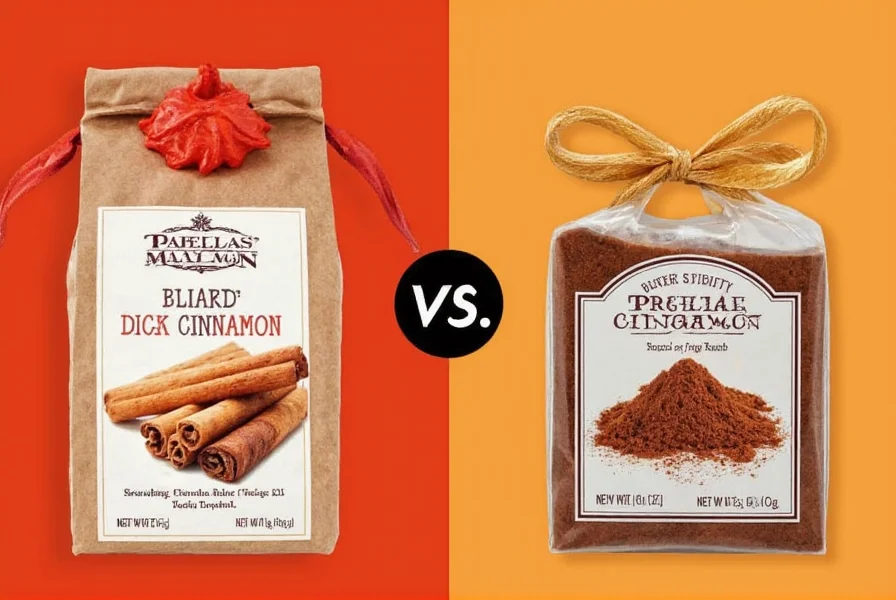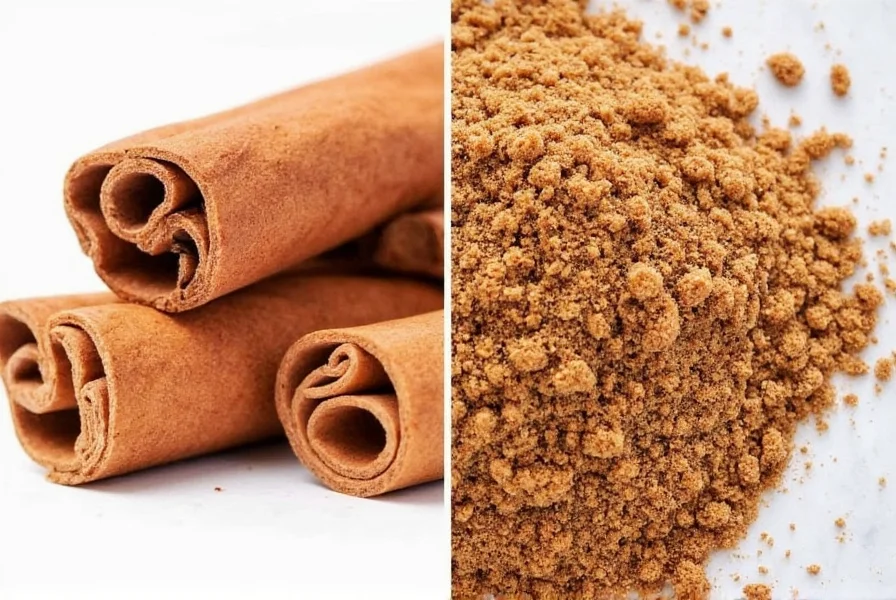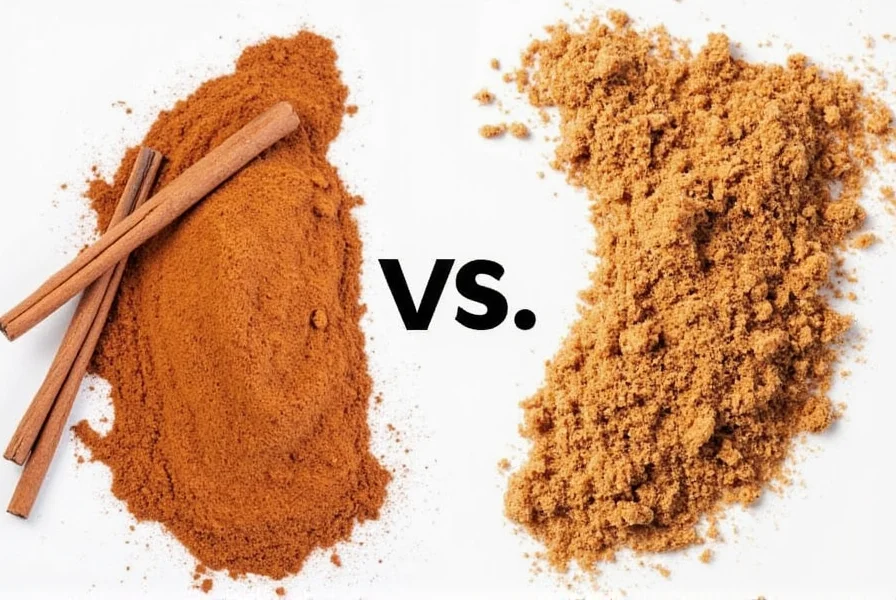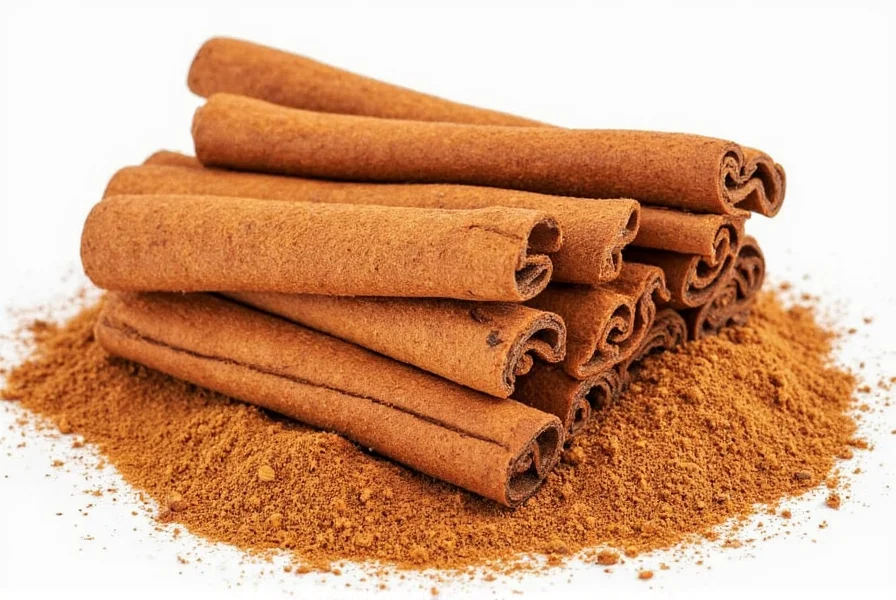Saigon Cinnamon vs Regular Cinnamon: The Spicy Showdown You’ve Been Craving!
Table of Contents
- Introduction
- What Is Cinnamon?
- Saigon Cinnamon vs Regular Cinnamon – The Battle Begins
- Taste & Aroma Face-Off
- Culinary Superpowers – How to Use Them
- Health Benefits: Which One Packs a Punch?
- Buying Guide: Picking Your Perfect Spice
- Conclusion
Introduction
Ever stood in front of the spice rack at the grocery store, wondering if it really matters which cinnamon you choose? Spoiler alert: It does! Today, we're diving into two popular players in the cinnamon arena — Saigon cinnamon and regular cinnamon. While both are sweet, woody, and oh-so-delicious, they’re not exactly twins.

If you’re a foodie who wants that extra zing or a baker obsessed with perfect spice balance, this post is your roadmap to cinnamon glory. Let’s explore their origins, flavor profiles, health benefits, and how to pick the right one for your next recipe!
What Is Cinnamon?
Cinnamon isn’t just that stuff that makes oatmeal taste like heaven — it's a complex spice with a rich history. Made from the inner bark of trees in the Cinnamomum family, cinnamon has been used for thousands of years, from ancient Egypt to modern-day coffee shops.
There are two main types found in stores:
- Ceylon Cinnamon (Regular Cinnamon): Also known as “true cinnamon,” it comes from Sri Lanka and is milder, more delicate.
- Cassia Cinnamon: This includes several varieties, including Saigon cinnamon, grown primarily in Vietnam. Cassia is bold, spicy, and full of punch.
In most U.S. supermarkets, what you see labeled as “cinnamon” is usually cassia, often Vietnamese (Saigon) or Indonesian (Korintje). But unless the label says “Ceylon,” you’re probably grabbing some form of cassia — and that might be exactly what you want.
Saigon Cinnamon vs Regular Cinnamon – The Battle Begins
| Feature | Saigon Cinnamon | Regular (Ceylon) Cinnamon |
|---|---|---|
| Scientific Name | Cinnamomum loureiroi | Cinnamomum verum |
| Origin | Vietnam | Sri Lanka |
| Flavor Intensity | Strong, spicy, sweet | Mild, subtle, citrusy |
| Color | Dark Reddish Brown | Light Tan to Light Brown |
| Texture | Thicker, coarser sticks | Thin, papery layers |
| Coumarin Content | High | Very Low |
| Price | Moderate to High | Premium |
Origins and History
Saigon cinnamon, named after Ho Chi Minh City (formerly Saigon), thrives in the warm, humid climate of Vietnam. Known for its high essential oil content, especially cinnamaldehyde, it gives this variety its intense aroma and potency.
Regular cinnamon, or Ceylon cinnamon, hails from Sri Lanka and is considered the original cinnamon. It’s softer in flavor and texture, making it ideal for delicate recipes where overpowering spices aren't wanted.
Taste & Aroma Face-Off
The biggest difference between these two types of cinnamon lies in their flavor and scent profile. Let’s break it down:
Taste Test Breakdown
- Saigon Cinnamon: Think of it as the rockstar of the spice world. Bold, loud, and aromatic. It’s sweet, but with a fiery edge that lingers on the tongue. Great for baking, desserts, or anything needing a punch of spice.
- Regular (Ceylon) Cinnamon: The gentle soul of the cinnamon family. Slightly citrusy, floral, and much subtler than its cousin. Better for delicate pastries, custards, and beverages like chai tea.

Aroma Alert
Sniffing each one can tell you a lot:
- Saigon cinnamon hits your nose hard — smoky-sweet and almost peppery.
- Ceylon cinnamon smells lighter, almost like fresh wood mixed with citrus peel.
Culinary Superpowers – How to Use Them
Knowing how each cinnamon performs in the kitchen is key to unlocking great flavor in your dishes. Here's a breakdown of where each type shines:
When to Use Saigon Cinnamon
- Baking: Use in spiced cookies, apple pies, pumpkin bread, and gingerbread. Its strength holds up well against other spices.
- Spice Blends: Ideal for garam masala, chai blends, and mole sauces where heat and depth are desired.
- Hearty Desserts: Works beautifully in cinnamon rolls, hot cocoa, and spiced cakes.
- Meat Rubs: Adds warmth to marinades for lamb, pork, and game meats.

When to Use Regular (Ceylon) Cinnamon
- Delicate Bakes: Perfect for crème brûlée, custards, and flan where subtlety is key.
- Drinks: Enhances chai, mulled wine, and coffee without overpowering other flavors.
- Breakfast Dishes: Ideal for sprinkling over yogurt, oatmeal, and French toast.
- Fruit Salads: Complements berries, apples, and pears beautifully.

Health Benefits: Which One Packs a Punch?
Both cinnamons contain antioxidants and anti-inflammatory compounds, but there’s an important catch when it comes to safety and consumption levels.
Nutritional Differences
- Antioxidants: Both have antioxidant power, but Saigon has more due to higher concentrations of polyphenols.
- Cinnamaldehyde: The compound responsible for many of cinnamon’s health benefits, such as blood sugar regulation. Saigon cinnamon contains more of it.
- Coumarin: Found in high levels in cassia-type cinnamons (like Saigon), coumarin can be toxic in large amounts. Ceylon cinnamon contains negligible levels.
Who Should Be Careful?
- Those using cinnamon supplements or consuming large amounts daily should opt for Ceylon to avoid liver damage risk.
- Healthy adults can safely enjoy Saigon cinnamon in moderate cooking and baking amounts.
Buying Guide: Picking Your Perfect Spice
Choosing the right cinnamon depends on your taste preferences, budget, and intended use. Let’s break it down by product type and brand recommendations:
1. Whole Sticks vs Ground Powder
| Type | Best For | Pros | Cons |
|---|---|---|---|
| Whole Sticks | Infusing flavor in stews, poaching liquids, cocktails | Lasts longer, richer aroma | Less convenient for baking |
| Ground Powder | Baking, sprinkling, mixing into drinks | Easier to use, mixes well | Loses potency faster |
2. Top Picks for Saigon Cinnamon
- Frontier Co-op Organic Saigon Cinnamon: Great quality, organic certified, ideal for bold-flavored dishes.
- Schokinag Saigon Cinnamon Sticks: Thick, dark sticks perfect for simmering into teas and broths.
- Simply Organic Ground Cinnamon: Fair trade, robust flavor for everyday baking.
3. Top Picks for Regular (Ceylon) Cinnamon
- Simply Nature Organic Ceylon Cinnamon Sticks: Thin, delicate layers, excellent for tea and light dishes.
- Now Foods True Cinnamon Powder: Affordable, smooth, and safe for daily consumption.
- Jade Forest Organic Ceylon Cinnamon: Great for specialty cooks and bakers seeking authenticity.
How to Store Cinnamon
- Keep ground cinnamon in an airtight container away from light and heat.
- Store whole sticks wrapped in foil inside a sealed jar for maximum shelf life.
- Ground lasts about 6–12 months; sticks can last up to 2–3 years.
Conclusion
So, who wins the showdown between Saigon cinnamon and regular cinnamon? The answer is simple: it all depends on your palate and purpose.
Go for Saigon cinnamon if you want bold, powerful spice with a sweet kick. It’s your go-to for baked goods, spice blends, and hearty meals.
Pick Regular (Ceylon) cinnamon when you need something refined, gentle, and elegant — perfect for custards, drinks, and delicate pastries.
Whether you're dusting your morning latte or crafting a holiday pie, knowing which cinnamon to reach for can elevate your culinary creations. Now that you're armed with the facts, it’s time to experiment, bake, and spice up your life!










 浙公网安备
33010002000092号
浙公网安备
33010002000092号 浙B2-20120091-4
浙B2-20120091-4